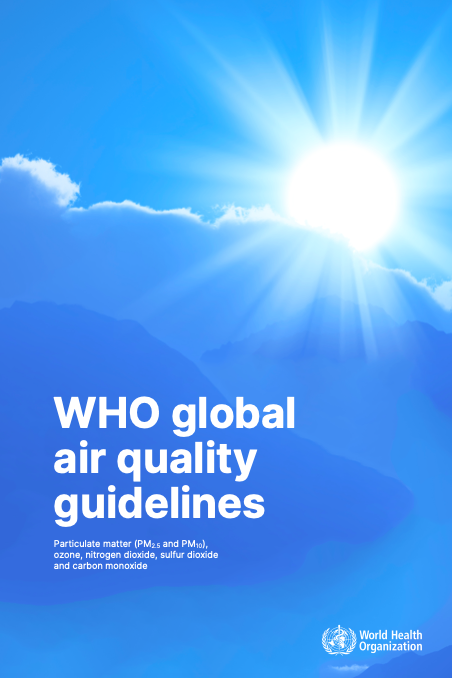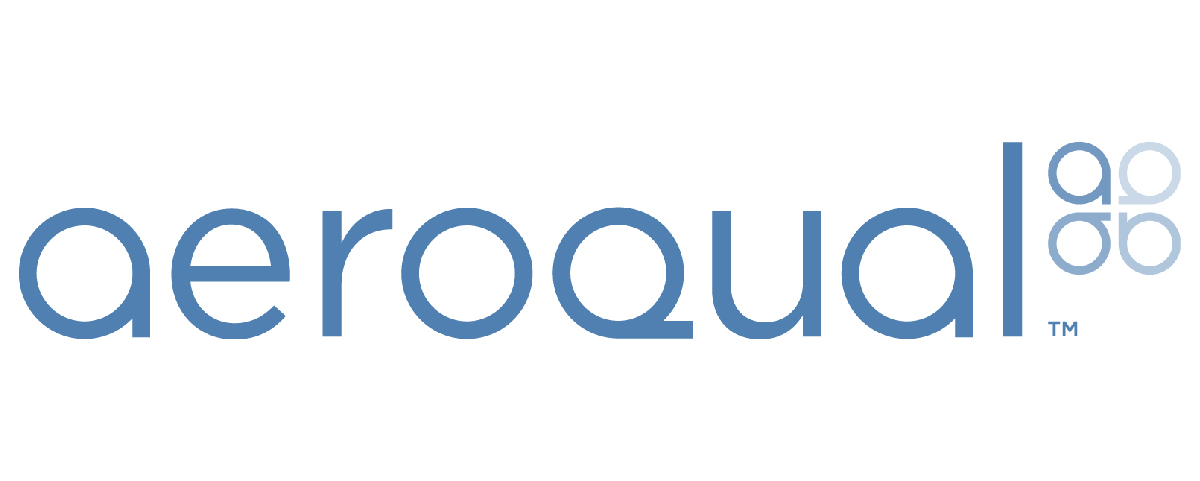Nitrogen and Phosphorous
Description
Including excess nutrients and nutrient pollution from runoff and leachate.
Share this Subissue on:LinkedIn
Resources
WHO Global Air Quality Guidelines
This comprehensive guide was created by the World Health Organisation (WHO) for policy-makers, lawmakers, and technical experts, including industrial stakeholders and environmental impact assessment practitioners. It was created to offer quantitative, health-based recommendations for air quality, with the ultimate goal of providing guidance that can help to reduce the burden of pollutants on health worldwide. It provides specific recommendations on a range of air pollutants, including particulate matter, ozone, nitrogen and sulfur dioxide, carbon monoxide, and more. It also provides recommendations for implementation, monitoring, and evaluation of the guidelines.
A Beginner’s Guide to NOx, NO and NO2 as Air Pollutants
This blog provides an accessible introduction to nitrogen oxides, the differences between them, their sources, and their impact to humans and the environment.
The world's forgotten greenhouse gas
Agricultural activities may be responsible for more than a quarter of human-caused climate-warming emissions, but most of these emissions are not from carbon dioxide. The primary culprit, rather, is nitrous oxide - a compound approximately 300 times as potent as carbon dioxide at heating the atmosphere. This article explains how humanity has tipped the Earth's nitrogen cycle out of balance, and highlights solutions for runaway nitrous oxide emissions that your company can support.
What is nutrient pollution?
This brief article will introduce you to the issue of nutrient pollution from nitrogen and phosphorous, including sources of nutrient pollution and their effects on marine environments.
Planetary boundaries: balancing nutrient flows
This article provides a high-level overview of the issue of excess nitrogen and phosphorous, including key drivers; the risks to biodiversity, human health, and the climate; and the actions required to bring nutrient cycles back into balance.


